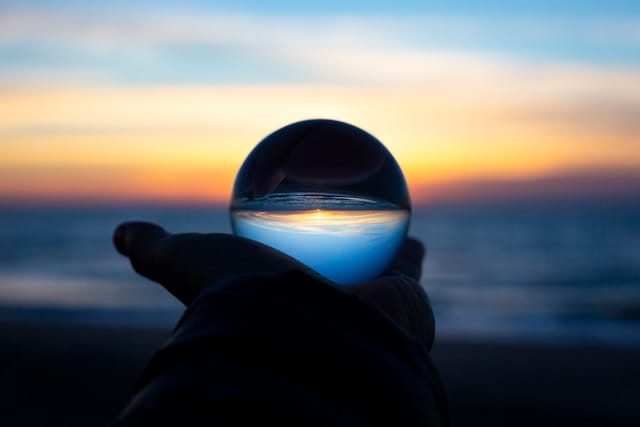Microgravity 101

Sebastian Gutierrez
Published: Apr 10, 2025

What Is Microgravity?
Microgravity is the condition where the force of gravity is not zero, but extremely small. Microgravity is typically between 1 thousandth and 1 millionth of Earth’s gravity.
Despite what people say, the International Space Station isn’t in “zero-G”. It’s actually in microgravity. The astronauts feel weightless not because there’s no gravity, but because they’re in continuous freefall, orbiting the Earth at high speed.
It’s like being on a roller coaster…forever.
Why Does It Matter?
In microgravity:
- Fluids don’t behave the same way (no convection, no sedimentation)
- Cells grow differently (cytoskeletons, morphology, gene expression)
- Combustion is strange (flames are spherical, oxygen diffuses differently)
- Crystals form more perfectly (used in pharma, protein crystallization)
For scientists and engineers, this means:
- Microgravity is a unique experimental condition
- It can reveal behaviors masked by Earth gravity
- It can enable new classes of experiments, materials, and medicines
Where It Shows Up in Space
| Platform | Notes |
|---|---|
| ISS | Continuous microgravity (orbit = freefall) |
| Parabolic Flights | 20–30 seconds of microgravity per parabola |
| Sounding Rockets | Up to 5 minutes of microgravity |
| CubeSats | Short bursts (or passive microgravity if free-floating) |
| Drop Towers | Seconds of freefall in Earth-based facilities |
Common Misconceptions
-
❌ “There’s no gravity in space.”
✅ Gravity is always present. What you feel as “weightlessness” is actually freefall. -
❌ “Microgravity and zero-G are the same.”
✅ Zero-G is idealized; microgravity is measurable (10⁻³G to 10⁻⁶G range). -
❌ “Microgravity doesn’t affect experiments much.”
✅ It can profoundly change fluid behavior, biology, and crystal formation.
How Spark Gravity Connects to This
At Spark Gravity, we’re focused on programmable gravity. This includes 0G, partial-G, and full-G environments.
Microgravity is one end of the spectrum, but most research today only happens in all-or-nothing environments: 0G on the ISS, or 1G on Earth.
We want to fill the gaps to enable scientists to:
- Control gravity like a variable
- Simulate environments like the Moon (0.16G), Mars (0.38G), or deep space
- Run long-duration studies without needing a full space station
And for the record: we love microgravity. But we also want to give researchers the power to tune G to their hypothesis.
Want to Go Deeper?
Stay in orbit with Spark Gravity
Subscribe for new posts, interviews, and updates on artificial gravity, space infrastructure, and orbital research.
No spam. Just updates on space, science, and the future of gravity.